.
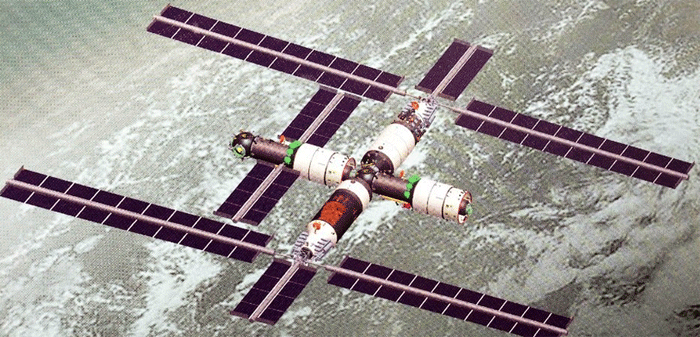
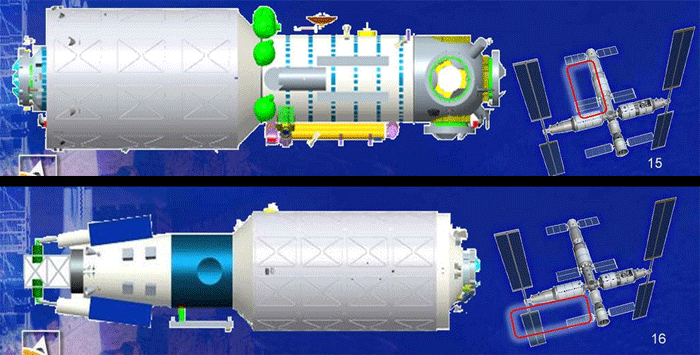
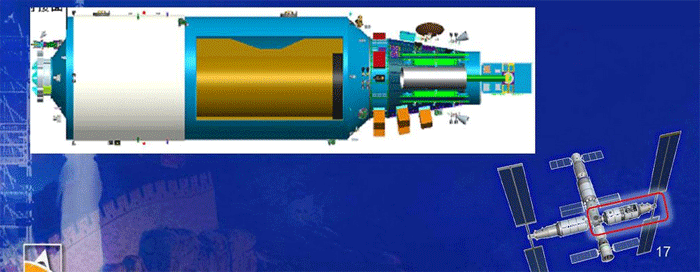
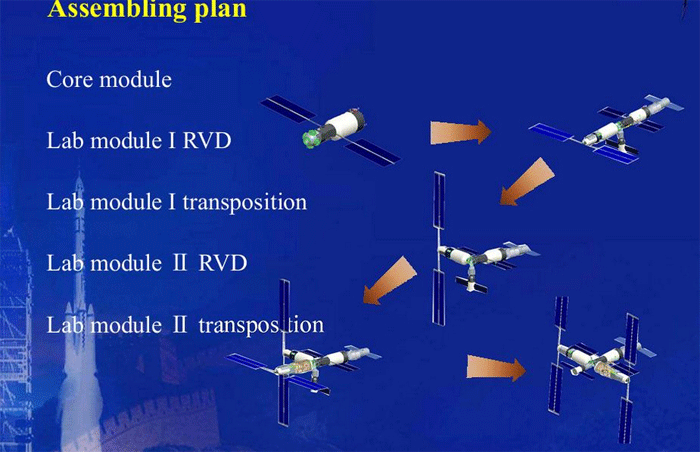
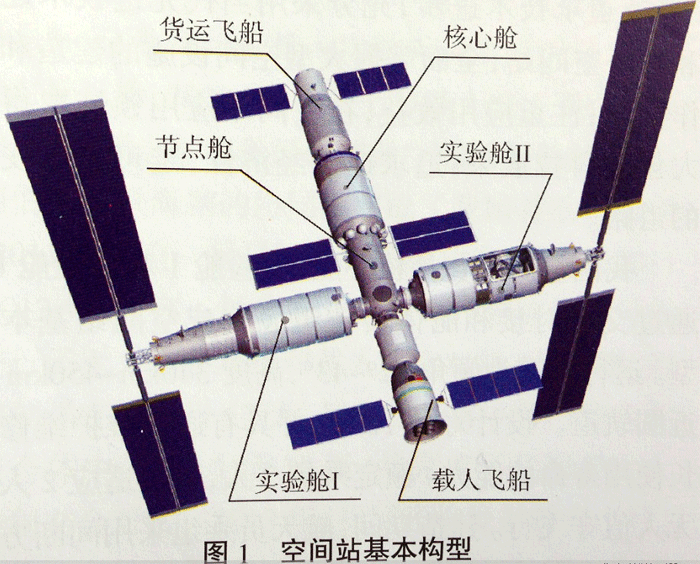
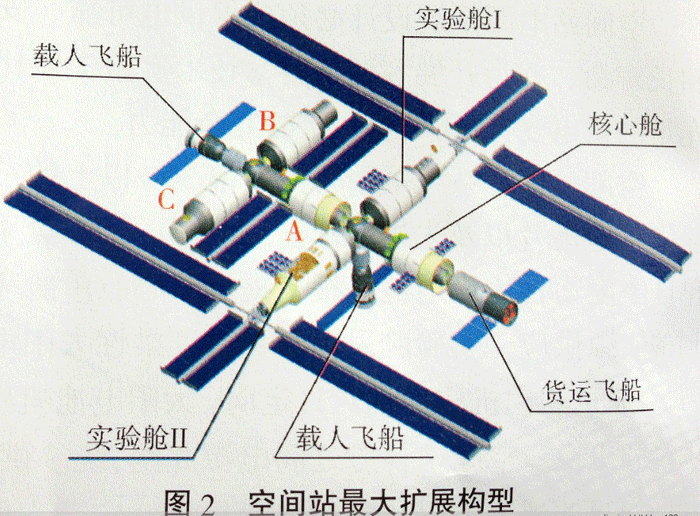
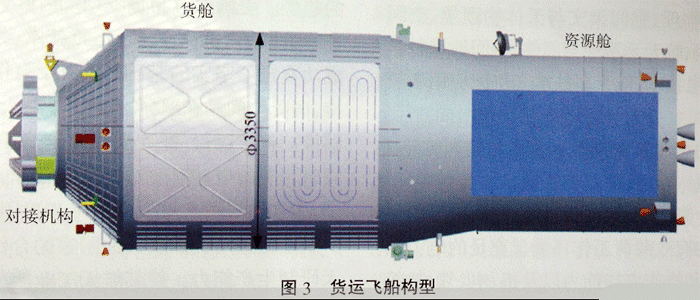
China to conduct at least four manned spaceflight missions in five years
China will carry out at least four manned spaceflight missions over about five years to build a space station, China's first astronaut Yang Liwei said Tuesday.
Two manned space missions will be conducted in 2020, said Yang, deputy director of China's manned space program office, at the 2017 Global Space Exploration Conference which opened Tuesday in Beijing.
China plans to complete the building of the space station by around 2022, aiming to carry out about a dozen launch missions beforehand, according to Yang.
He said the nation would launch the first core module of the space station in 2019, followed by launches of two experiment modules.
The space station will enable astronauts to stay in the space for three months to half a year, he added.
Yang said that astronauts are currently preparing for the space station program and that China will start the selection of new astronauts this year.
Quelle: Xinhua
+++
New Chinese astronaut selection and space station missions revealed
China has provided an update to its human spaceflight plans, announcing that a third selection round of 10-12 astronauts - including two women - will take place this year, while outlines of crewed missions to the future Chinese Space Station (CSS) are taking shape.
While the two previous rounds drew on air force pilots, the third astronaut selection will seek candidates with more diverse backgrounds, reflecting the changing requirements for CSS objectives.
"Scientific experiments are going to be a major part of the new space station, so we're going to need astronauts who have the right backgrounds," said Yang Liwei, deputy director of China's manned space engineering office.
Yang, who became China's first astronaut in space in 2003, was speaking to Chinese media on Tuesday on the sidelines of the Global Space Exploration Conference (GLEX 2017) in Beijing.
China has sent 11 astronauts into space, most recently on the Shenzhou-11 mission last October, the country's longest by far at 33 days.
Building a space station
China will also carry out at least four crewed missions across five years as it constructs the 60 metric tonne space station in low Earth orbit, Yang said.
The country plans to complete the three-module space station by around 2022, requiring around a dozen launch missions, according to Yang.
Missions will include launches of Long March 5 heavy-lift rockets to loft the 20-tonne modules to around 390 kilometres above the Earth, starting with the Tianhe core module in 2019, earlier slated for late 2018.
Long March 2F and Long March 7 launchers will be used for crewed missions and Tianzhou cargo spacecraft respectively.

Above: Rollout of the first Long March 5 in October 2016 (China Daily/Su Dong).
The CSS complex will also be joined by a co-orbiting space telescope, Xuntian, a two metre aperture Hubble-class observatory that can dock for maintenance and repairs.
Refuelling tests continue
Later this month Tianzhou-1, the country's first space freighter mission, will undock from the Tiangong-2 space lab in preparation for a another rendezvous, docking and a second test of the 29-step, five-day orbital refuelling process.
The successful transfer of liquid propellant in microgravity to Tiangong-2 in late April was the primary objective for the Tianzhou-1 mission, marking a huge step towards a larger space station.

Above: Tianzhou-1 (right) docks with Tiangong-2 in April (CCTV+).
The second docking will be conducted from a different direction, in order to test the ability of the cargo ship to dock with the future Chinese Space Station from different directions.
Quelle: gbtimes
---
Update: 9.06.2017
.
China to open space station to scientists worldwide
China will open its space station to scientists worldwide after the station is completed around 2022, according to a Chinese space expert.
Wei Chuanfeng, a researcher at the Institute of Manned Space System Engineering under the China Academy of Space Technology, said the China Manned Space Engineering Office has drafted a strategic framework with United Nations Office for Outer Space Affairs to offer opportunities on the application of Chinese space station to members of United Nations.
Wei made the remarks on Thursday at the 2017 Global Space Exploration Conference, which was held in Beijing.
Under the framework, China will open its experimental resources on the Chinese space station to serve payloads from other countries. UN members, especially developing countries, could conduct scientific and technological experiment on Chinese space station, Wei said.
China's first astronaut Yang Liwei, who is also deputy director of China Manned Space Engineering Office, said the nation would launch the first core module of the space station in 2019, followed by two experiment modules. The space station will enable astronauts to stay in space for up to six months.
At the conference, the designers behind the Chinese space station proposed possible technical approaches that could help scientists from other countries utilize and perform experiments on the space station. China will also help astronauts and payloads specialists from developing countries to enter into space, Wei said.
The Chinese space station will be composed of three modules, including a core module and two experiment modules. The space station will have three docking sites, enabling the dock and berth of the "Shenzhou" manned spacecraft, the "Tianzhou" cargo spacecraft and other vehicles, according to Wei.
Quelle: Xinhua

